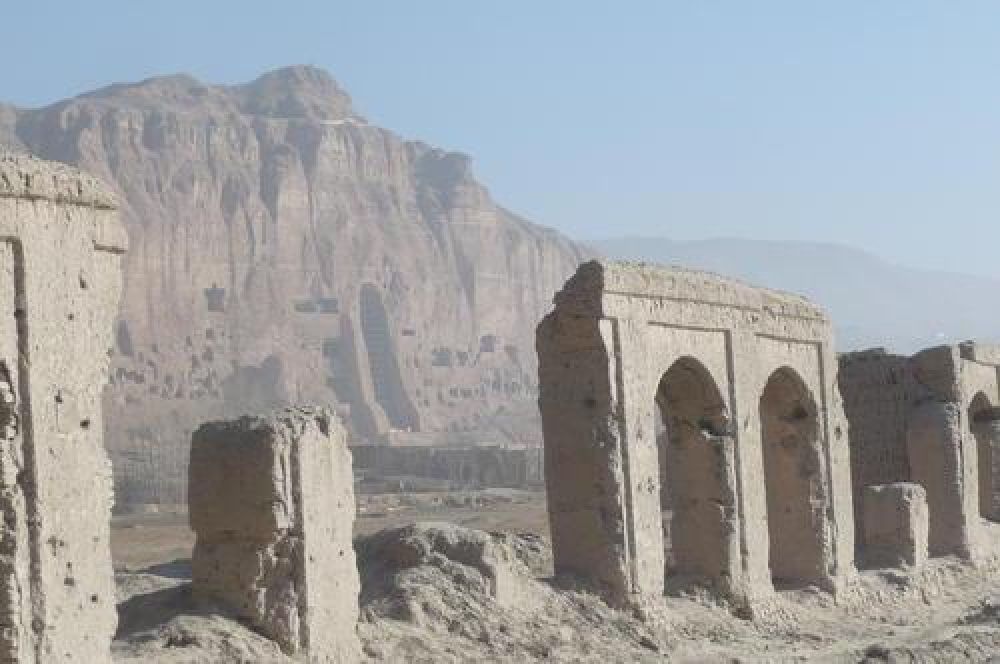Kakrak Valley is located near the Bamyan Valley within the Bamyan Province of Afghanistan, which is famous for its historical and cultural significance. The valley is home to a range of cultural artifacts and remnants from the 6th to 13th centuries, including the ancient Buddha statues that were tragically destroyed by the Taliban in 2001. Kakrak Valley itself housed a smaller statue of Buddha, as well as numerous monk caves with wall paintings that have been affected by the passage of time and conflict. The valley's landscape is striking, characterized by rugged mountains, cliffs, and natural beauty that's typical of the Bamyan region. Historically, it was part of the Silk Road, serving as a crossroad of civilizations where art and cultural exchanges flourished. Although it has been scarred by conflict, Bamyan, including the Kakrak Valley, embodies history, resilience, and the convergence of Persian, Buddhist, and Islamic influences—each being parts of the rich tapestry of Afghanistan's past.

